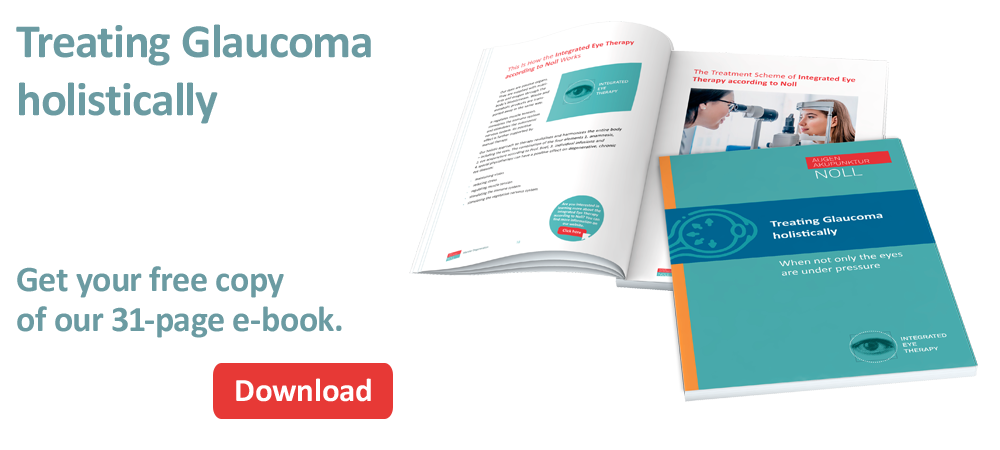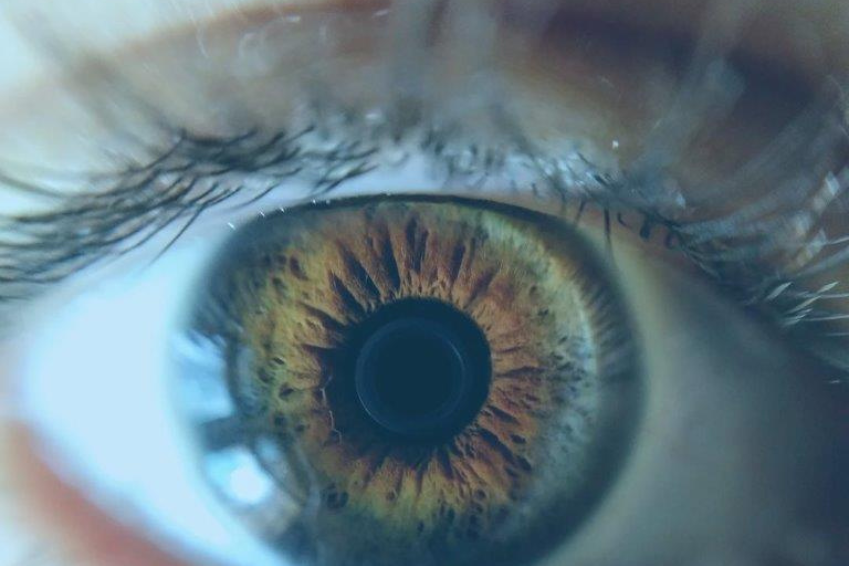Vasospastic Syndrome is a cause of Glaucoma
Vasospasm is the term used to describe the spasmodic constriction of a blood vessel. A blood vessel is a hollow organ that is responsible for the transport of blood.
Glaucoma with simultaneous “Vasospastic Syndrome” is a special case. Think about it for a moment: Are you prone to circulatory disorders? Are you a person who:
- often has cold hands and feet?
- has little thirst or can manage with little fluid?
- sweats little?
- has a tendency to migraine?
- has a tendency to ringing in the ears (tinnitus)?
- tends to have low blood pressure (or did when young)?
- tends to have heart problems (angina pectoris)?
Cold pressure test for suspected Vasospastic Syndrome
Do any of these symptoms apply to you? Then you may have Vasospastic Syndrome. The so-called “cold pressure test” has shown that these Glaucoma patients immediately suffer from poor blood flow to the inner ocular arteries.
This explains the often progressive and extensive visual field loss in these patients, even with apparently “good” intraocular pressure. The following recommendations are important for people with Vasospastic Syndrome:
What to avoid if you suspect Vasospastic Syndrome associated with Glaucoma
- Bathing in cold water of swimming pools, bathing lakes or the sea (also be careful with plunge pools in the sauna).
- Radical fasting (zero diet)
- Severe stress
What to do if you suspect Vasospastic Syndrome associated with Glaucoma
- Always ensure that hands and feet are warm (appropriate clothing, rising foot baths, etc.).
- Wash hands in warm water, do not take cold showers.
- Attention in the household: also clean vegetables and lettuce with warm water
- 3 x 40-80 mg magnesium daily (patients with Vasospastic Syndrome have too little intracellular magnesium). Caution: In case of low blood pressure, take magnesium only in the morning and at noon, because it has a slight blood pressure-lowering effect, which is not desirable at night.
- Always drink enough (at least 2 liters a day)
- Always eat something salty in the evening (e.g. warm soup), because people with Vasospastic Syndrome lose a lot of sodium at night (note: check blood pressure beforehand).
- Take “radical scavengers” (vitamin C + E, selenium, ubiquinone Q10 etc.), this protects the optic nerve.
- Pay attention to blood pressure

- Gingko biloba preparations (lead to improved blood flow in the optic nerve)
- Use glaucoma drops carefully
- Frequent check-ups with the ophthalmologist, always with visual field control (pressure should not exceed 14 mm Hg)
- Learn relaxation methods to reduce stress, especially autogenic training, as this specifically improves blood flow to the hands and feet and other parts of the body (including the eyes).
- Exercise (e.g. bicycle ergometer training) is very important for patients with nocturnal drops in blood pressure or pronounced low blood pressure.
Check out our page for more ways to treat Glaucoma (Cataracts).


